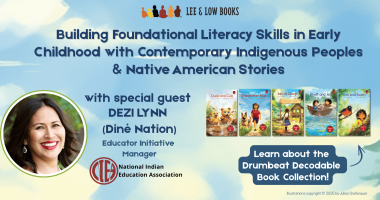![]() Jaclyn DeForge, our Resident Literacy Expert, began her career teaching first and second grade in the South Bronx, and went on to become a literacy coach and earn her Masters of Science in Teaching. In her column she offers teaching and literacy tips for educators.
Jaclyn DeForge, our Resident Literacy Expert, began her career teaching first and second grade in the South Bronx, and went on to become a literacy coach and earn her Masters of Science in Teaching. In her column she offers teaching and literacy tips for educators.
One of the most critical elements of the new Common Core Standards is the emphasis placed on close reading. In the anchor standards for reading for grades K-12, the first item under the heading Key Ideas and Details states that students should be able to:
“Read closely to determine what the text says explicitly and to make logical inferences from it; cite specific textual evidence when writing or speaking to support conclusions drawn from the text.” (pages 10, 35, 60)
In the past, some curricula spent a huge amount of time on the accuracy and speed at which a student was able to read, and stopped there. This emphasis on fluency isn’t necessarily a bad thing, as long as the teacher recognizes that just because students sound fluent, it doesn’t automatically mean they’ve fully understood what they’ve read. Making meaning from text is a process and should be explicitly taught during every Read Aloud and Guided Reading.
The Common Core’s mention of close reading shifts the collective focus back to meaning. It asks teachers to spend time with rigorous, complex texts, reading and rereading a text, moving from the big ideas to paragraphs to sentences to individual word choice, focusing on meaning and craft in a thorough way. Time is still spent on retelling the story and basic comprehension questions, but the bulk of the discussions focus on meatier topics such as word choice, author’s purpose, character development, mood, etc. In my opinion, those lessons are incredibly interesting to plan and a lot of fun to teach because the student discussions that result (after sustained practice at this slow, deliberate reading) are really insightful!
But what does close reading look like in practice? Over the next few weeks, I’m going to walk you through how to do a close reading using several of our titles. Hopefully this modeling will demystify the process and help you as you plan more Read Alouds centered on close reading!
Further reading:
- What Does Close Reading Look Like In Kindergarten?
- What Does Close Reading Look Like In First Grade?
- What Does Close Reading Look Like In Second Grade?
- What Does Close Reading Look Like In Third Grade?
- What Does Close Reading Look Like In Fourth Grade?
- What Does Close Reading Look Like In Fifth Grade?
- How to teach close reading using a RECIPE
- Close reading with book illustrations








